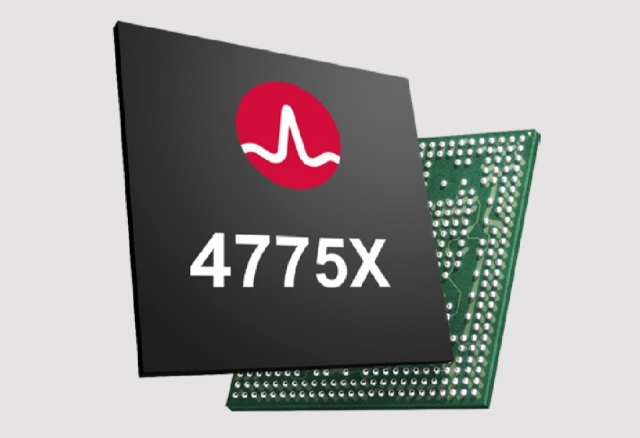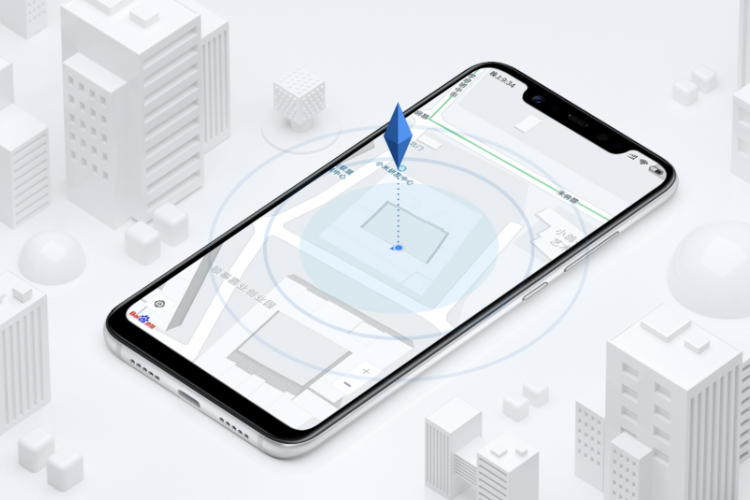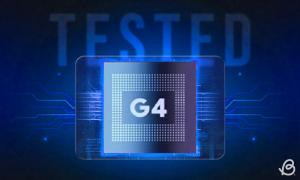As you might know, the Xiaomi Mi 8 is the world’s first dual-band GPS smartphone that supports L1 and L5 dual-frequency positioning and dual-band signal cooperation to effectively improve navigation accuracy in urban complex environments. With this feature in place, theoretically, you won’t see any GPS connectivity problems and overall location tracking should be even more accurate. This is a very big achievement for Xiaomi as the company has done something which no another smartphone manufacturer has done till now. All that is good, but how exactly does the new dual-frequency GPS work? Well, if you have been asking yourself the same question, you have come to the right place as in this article we are going to explain exactly how Xiaomi Mi 8’s dual-frequency GPS works:
What is Mi 8’s Dual-Frequency GPS?
In its simplest definition, the dual-frequency GPS uses two bands of frequencies rather than one. There are three main bands that available for civilian GPS uses which are L1/E1, L2/E2, and L5/E5 where L represent the US Global Positioning System (also known as GPS) and E represent the European Global Positioning System (also known as GLONASS). Your usual smartphone only works using L1/E1 band and hence the GPS used is called the single-frequency GPS. The Xiaomi Mi 8 uses the L1/E1 and L5/E5 bands and hence it has the dual-frequency GPS. While the Mi 8 uses L1 and L5 bands, a dual-frequency GPS can use a combination of any of the three bands.
How Mi 8 Uses Dual-Frequency GPS
To use a dual-frequency GPS a device must have a supporting hardware. Xiaomi has made its device dual-frequency GPS compatible by using Broadcom BCM4775 chipset which uses a combination of sensor hub micro-controllers with integrated GNSS to achiever this feat. According to a paper released by Broadcom, the company which made this chipset, The BCM47755 can simultaneously receive the following signals:

- GPS L1 C/A
- GLONASS L1
- BeiDou (BDS) B1 • QZSS L1
- Galileo (GAL) E1 • GPS L5
- Galileo E5a
- QZSS L5
Technical stuff aside, all you need to know is that the Broadcom BCM4775 chipset used in the Mi 8 allows it to simultaneously receive signals from two different bands of frequencies; L1/E1 and L5/E5, and hence the Mi 8 can use dual-frequency GPS.
Mi 8 Dual-Frequency GPS: What Are The Benefits?
Since the BCM47755 chip inside the Mi 8 supports two frequencies (L1+L5), as a result, the phone achieves lane-level accuracy outdoors, has higher resistance to multipath and reflected signals in urban scenarios, and has higher immunity to interference and jamming. The simultaneous use of two frequency bands also reduces errors from other sources such as the ones resulting from electron interference in the ionosphere. All these things mean that with Mi 8, you will get better navigation capabilities and enhanced position precision when locating yourself. It also means that now third-party developers have the option to use these capabilities and use it for new applications such as in virtual reality, star mapping, and more.

We tested out the Mi 8’s new dual-frequency GPS ourselves but didn’t observe any significant difference. That might have to do with the fact that Delhi doesn’t have many high rise buildings and the problems of multipath effect and reflected signals are not so prominent that it can cause an error in other devices. Basically, Delhi is not the optimal location to test out the new dual-frequency GPS and hence we cannot comment as to how effective this new GPS system is.
SEE ALSO: Dual GPS vs Single GPS Frequency: What’s the Difference?
Mi 8’s Dual-Frequency GPS: A New Advancement You Won’t Notice
I hope that I was able to explain the new dual-frequency GPS technology coming with the Mi 8 to you guys. I have tried to simplify the content as much as I can, however, if you still have any problem in understanding the concept, drop your questions in the comments section below and I will be happy to help you out. Also, if you are using Mi 8, do tell us your experience of this new GPS technology.


















The theory is excellent, but in practice the GPS on my MI8 is worse than the MI6 ever was.
To me, this is the biggest advancement in cell phone technology of the year! (Maybe even over several years.) How annoying it has been to travel in big cities and have your cell phone gps get all mixed up and put you on the wrong street. I hope it works and that more satellites are deployed to advance the tech.
I think you forgot to mention how European GNSS (Galileo) is the key to make dual frequency work. All Galileo satellites transmit (or will transmit) the E5 frequency signal. While no GLONASS satellites do it. And not all GPS do it. That is why the importance of Galileo in dual frequency GPS shall be remarked.